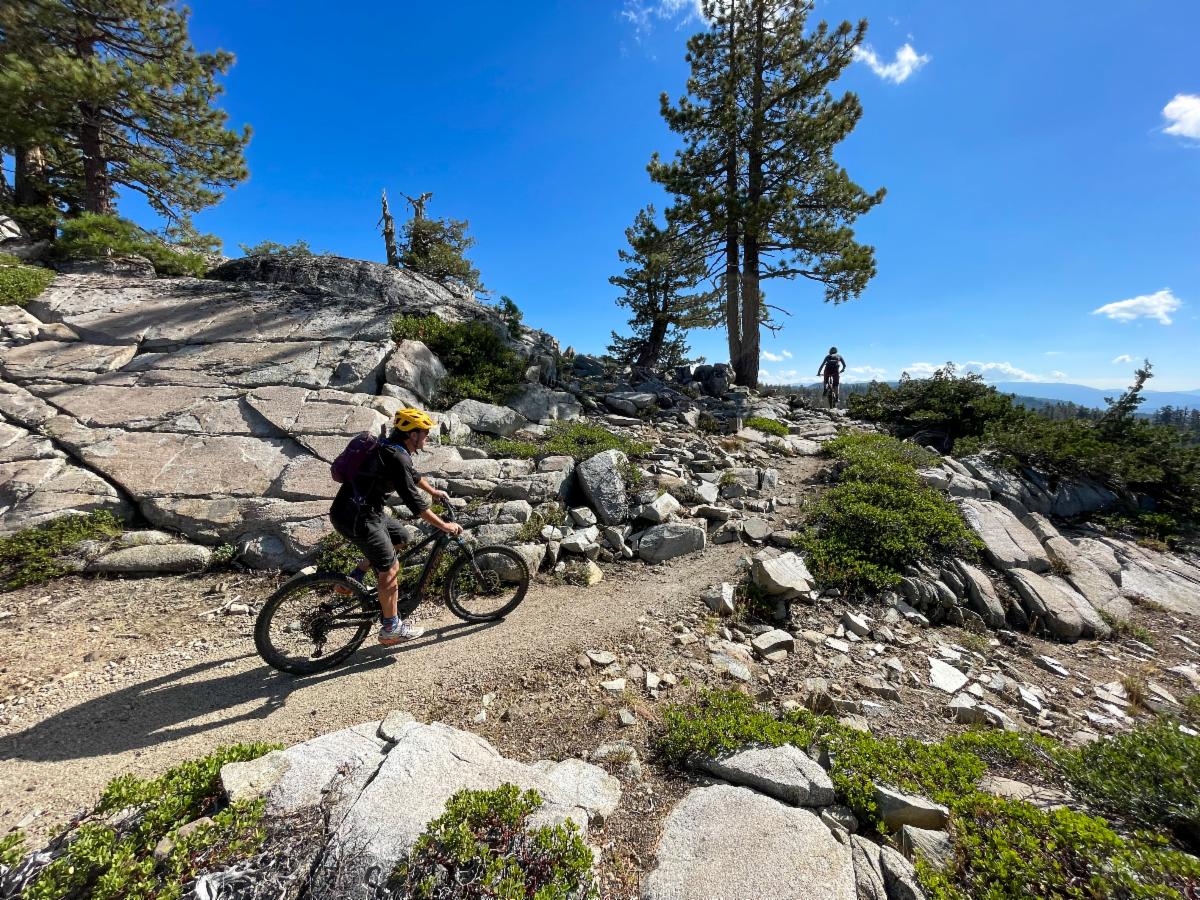

0% interest offers show up fairly frequently in the USA, often as general-purpose credit cards, or for car or furniture payments, in addition to the many buy-now-pay-later services that allow financing almost anything. However, the motives for offering 0% are slightly different for each of these products.
But answering the question directly, a 0% offer is beneficial if you were already going to make the purchase and would finance it. Cheap credit makes it easy to overspend, since the payments will be “tomorrow’s problem”. For people who can afford to pay for something in full, it might still be beneficial to finance with 0% just to conserve cash on hand. But the tradeoff is having to service the debt with regular payments; missing one payment can cause the debt to resume at an exorbitant rate. It takes a decent amount of financial discipline to make a 0% offer work in your favor.
Going back to why 0% offers even exist, I’ll use furniture and cars as they’re the historic examples. Furniture is expensive, whether it’s a sectional sofa or a queen-size bed with frame and storage. There’s also a sizable markup for furniture, and competition between furniture stores is strong. Thus, to help entice people to buy furniture, sellers will offer 0%, outsourced to a loan company, with the loan subsidized by some of the profit margins.
For cars, the equation is slightly different. Sure, cars are an order of magnitude more expensive, but that also means the opportunity cost for dealers to offer 0% is correspondingly larger. Instead, 0% financing for cars is almost always subsidized by the manufacturer, not the dealers. This is a financial and business strategy that allows a car company to create more sales in a given quarter, if perhaps they need to meet certain year-end targets but are reluctant to reduce their list prices.
0% car loans induce more sales fairly quickly, but will draw on the company coffers in the years to come, because the loan company still wants their cut to be paid by someone. Consumers will usually benefit from these offers, as it’s rare for people to buy a new car outright.
It’s my opinion that if a car company has to subsidize loans to move their product, that’s a tacit admission that their product is wrongly priced or the competition is better. I would take this into consideration, although it wouldn’t necessarily carry the day when considering a purchase. After all, car payment interest is not insignificant.





Absolutely, it is essential to always run the numbers. I was once offered a sizable rebate if I accepted a non-0% car loan, but no rebate if I paid cash or had my own financing. Since their loan had no early-repayment penalty – and I demanded this in writing – I accepted their loan and paid it off upon the first statement.
My suspicion is that that sort of offer was to boost the commissions earned by the loan brokers, rather than to move cars. Or maybe both. Who knows.